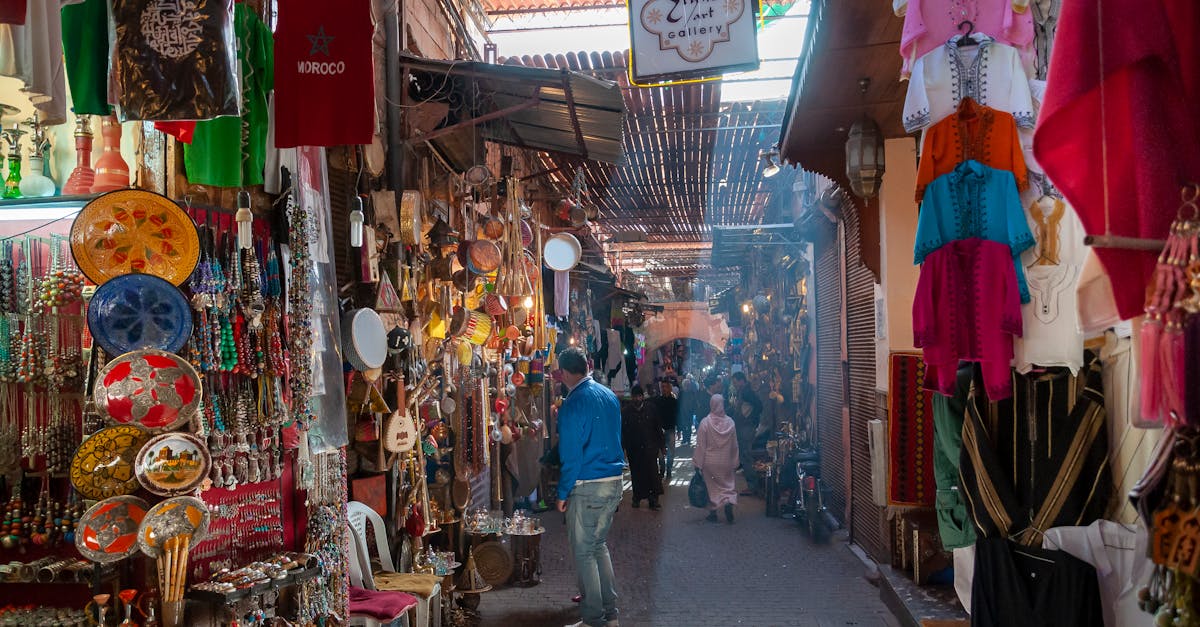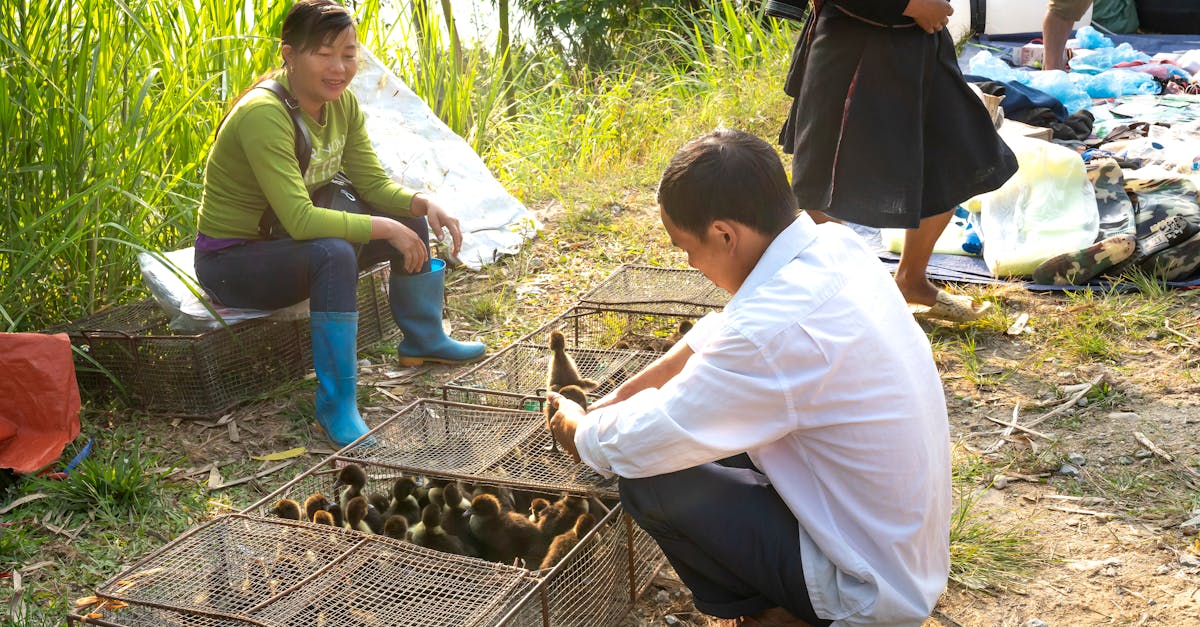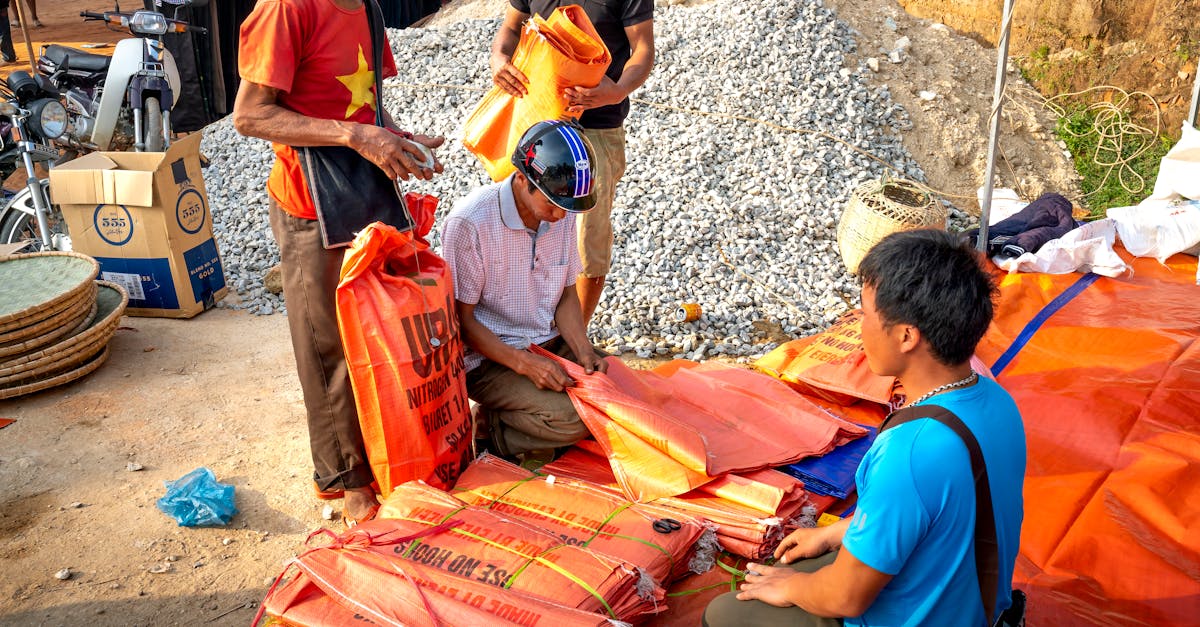Local customs and traditions

Discover the enchanting world of Tahitian customs and traditions in this enticing article on tourism in Tahiti. Immerse yourself in the rich cultural tapestry of this paradise destination and experience authentic local experiences that will leave you in awe.
Greetings and Politeness

When visiting Tahiti, it’s essential to understand the local customs and traditions, especially when it comes to greetings and politeness. The people of Tahiti place great emphasis on respect, hospitality, and traditional values in their interactions with others.
traditional greetings
In Tahiti, greetings play a significant role in daily interactions. Aloha is a common Tahitian greeting that embodies the spirit of welcome and friendliness. When greeting someone, it is customary to kiss on both cheeks, starting with the left cheek. This gesture signifies warmth and respect for the other person.
Another traditional greeting in Tahiti is the Manao, which involves gently touching foreheads while inhaling. This intimate gesture symbolizes sharing the same breath and is a sign of deep respect and connection.
politeness and etiquette
Politeness is highly valued in Tahitian culture, and it is essential to be courteous and respectful in all interactions. Merci (thank you) and S’il vous plaît (please) are commonly used expressions that show politeness and gratitude.
When entering someone’s home in Tahiti, it is customary to remove your shoes as a sign of respect. Additionally, bringing a small gift, such as flowers or fruit, is a thoughtful gesture to show appreciation for the hospitality extended to you.
respect for elders
In Tahitian culture, respect for elders is paramount. Addressing elders with Mama (mother) or Papa (father) followed by their first name is a sign of reverence and honor. Standing when an elder enters the room and listening attentively to their words are also ways to show respect.
Overall, understanding and respecting the customs and traditions of Tahiti, particularly in greetings and politeness, will enhance your cultural experience and create positive interactions with the local community.
Traditional Clothing and Ornaments

When one thinks of Tahiti, images of white-sand beaches, crystal-clear waters, and lush landscapes immediately come to mind. However, beyond its natural beauty, Tahiti is a land rich in cultural heritage and traditions that are deeply rooted in its people’s way of life. One aspect that showcases this cultural richness is Tahitian traditional clothing and ornaments.
traditional clothing
Traditional Tahitian clothing reflects the island’s vibrant Polynesian culture, with garments made from natural fibers such as hibiscus bark, pandanus leaves, and coconut fibers. One iconic piece of clothing is the pareo, a colorful wrap-around skirt worn by both men and women. The pareo, adorned with intricate floral motifs or tribal designs, is not just a piece of clothing but a symbol of Tahitian identity and pride.
Another essential garment is the ta’ovala, a woven mat worn around the waist by men during traditional ceremonies and important events. The ta’ovala signifies respect and honor and is a significant cultural symbol in Tahitian society.
traditional ornaments
Ornamentation plays a vital role in Tahitian culture, with jewelry and accessories crafted from local materials and adorned with symbolic meanings. One of the most prized ornaments in Tahiti is the black pearl, known for its exquisite beauty and rarity. Black pearls hold significant cultural value in Tahitian society and are often passed down through generations as heirlooms.
Aside from pearls, Tahitian adornments also include intricately carved wooden ornaments, shell necklaces, and tikis – carved figures representing ancestral spirits. These ornaments are not just decorative pieces but hold spiritual significance, connecting the wearers to their ancestors and the natural world.
Exploring Tahiti’s traditional clothing and ornaments offers a glimpse into the island’s rich cultural tapestry and the deep-rooted traditions that continue to thrive in modern times. From the sustainable luxury of pearls to the intricate designs of traditional garments, Tahiti’s customs and traditions in clothing and ornaments are a testament to the island’s enduring heritage and artistic craftsmanship.
Festivals and Celebrations

Tahiti, known for its vibrant culture and rich heritage, is a hub of festivals and celebrations that showcase the island’s unique customs and traditions. From mesmerizing dance competitions to colorful cultural events, Tahiti’s festivities provide a glimpse into the heart and soul of the Polynesian way of life.
heiva festival: a celebration of tahitian culture
The Heiva Festival stands as a cornerstone of Tahitian culture, drawing locals and tourists alike to immerse themselves in traditional dances, music, and sports. Originating from ancient Polynesian rituals, the Heiva festival symbolizes a deep connection to the land and ancestors. The event features performances of the mesmerizing ‘Ori Tahiti’ dance, where dancers adorn themselves in elaborate costumes, moving to the rhythm of drums under the open sky.
Explore the Heiva i Tahiti 2024 dates [here](https://rove.me/to/tahiti/heiva-i-tahiti) and plan your visit to witness this spectacular event.
heiva in bora bora: a paradise celebration
For those seeking a more intimate setting, the Heiva i Bora Bora offers a unique experience against the backdrop of Bora Bora’s stunning scenery. This festival captures the essence of Tahitian traditions in a picturesque setting, with performances that transport visitors to a world of folklore and legends.
Mark your calendar for the Heiva i Bora Bora 2023 dates [here](https://rove.me/to/bora-bora/heiva-i-bora-bora) to partake in this cultural extravaganza.
festival of pacific arts and culture: a regional showcase
Tahiti’s cultural influence extends beyond its shores, as seen in events like the Festival of Pacific Arts and Culture. While the 2024 edition was postponed due to the pandemic, Honolulu is preparing to host this celebration that brings together diverse Pacific cultures through art, performances, and exhibitions. This festival serves as a platform to preserve and promote the region’s indigenous heritage.
Discover more about the Festival of Pacific Arts and Culture [here](https://www.hawaiipublicradio.org/arts-culture/2021-12-15/hawaii-prepares-to-host-2024-festival-of-pacific-arts-and-culture-after-pandemic-postponement).
In addition to these renowned festivals, Tahiti offers a myriad of cultural activities that provide insight into the island’s customs and traditions:
– Traditional Crafts Workshops: Engage in hands-on experiences to learn traditional weaving, woodcarving, and tattooing techniques.
– Cultural Performances: Attend dance shows, music concerts, and storytelling sessions that showcase the diversity of Tahitian arts.
– Culinary Experiences: Explore local markets, taste authentic Polynesian dishes, and participate in cooking classes to savor the flavors of Tahiti.
As Tahiti continues to celebrate its heritage through festivals and cultural events, visitors are invited to join in the festivities and create lasting memories of this enchanting destination. Immerse yourself in the vibrant rhythm of Tahiti and experience the magic of its customs and traditions firsthand.